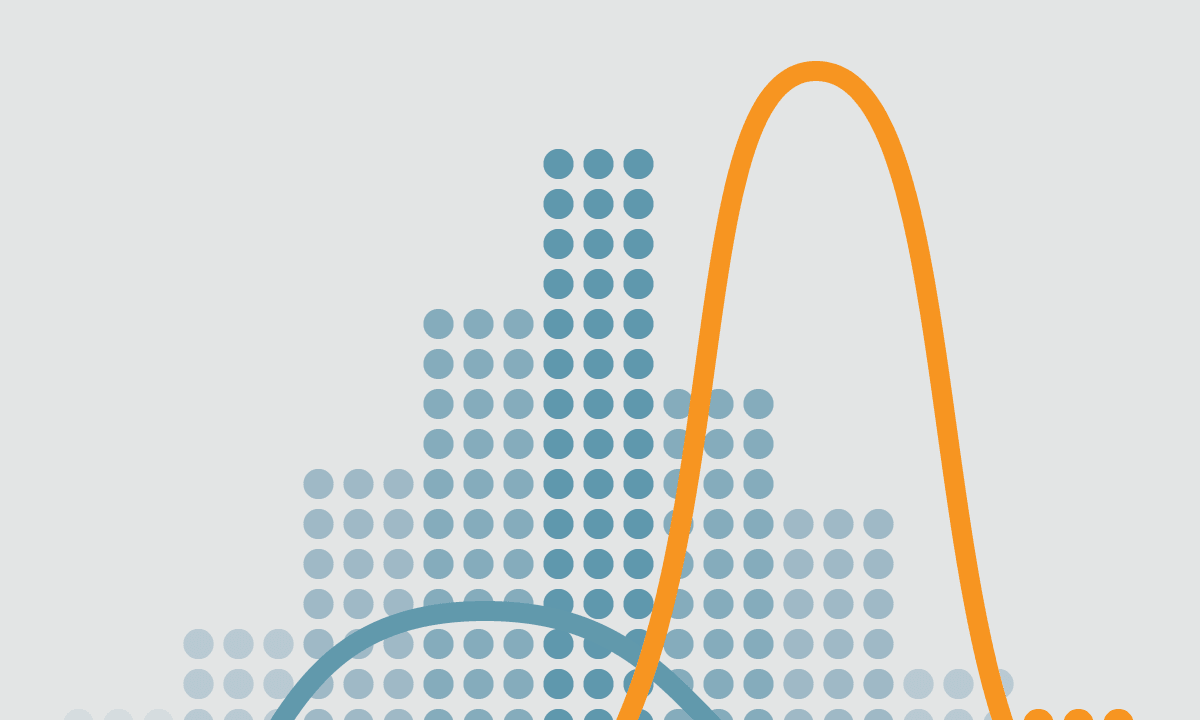
Description
In this course, we go beyond the calculus textbook, working with practitioners in social, life and physical sciences to understand how calculus and mathematical models play a role in their work.
Through a series of case studies, you’ll learn:
- How standardized test makers use functions to analyze the difficulty of test questions;
- How economists model interaction of price and demand using rates of change, in a historical case of subway ridership;
- How an x-ray is different from a CT-scan, and what this has to do with integrals;
- How biologists use differential equation models to predict when populations will experience dramatic changes, such as extinction or outbreaks;
- How the Lotka-Volterra predator-prey model was created to answer a biological puzzle;
- How statisticians use functions to model data, like income distributions, and how integrals measure chance;
- How Einstein’s Energy Equation, E=mc2 is an approximation to a more complicated equation.
With real practitioners as your guide, you’ll explore these situations in a hands-on way: looking at data and graphs, writing equations, doing calculus computations, and making educated guesses and predictions.
This course provides a unique supplement to a course in single-variable calculus. Key topics include application of derivatives, integrals and differential equations, mathematical models and parameters.
This course is for anyone who has completed or is currently taking a single-variable calculus course (differential and integral), at the high school (AP or IB) or college/university level. You will need to be familiar with the basics of derivatives, integrals, and differential equations, as well as functions involving polynomials, exponentials, and logarithms.
This is a course to learn applications of calculus to other fields, and NOT a course to learn the basics of calculus. Whether you’re a student who has just finished an introductory Calculus course or a teacher looking for more authentic examples for your classroom, there is something for you to learn here, and we hope you’ll join us!
Tags

-
TypeOnline Courses
-
ProviderEdX
In this course, we go beyond the calculus textbook, working with practitioners in social, life and physical sciences to understand how calculus and mathematical models play a role in their work.
Through a series of case studies, you’ll learn:
- How standardized test makers use functions to analyze the difficulty of test questions;
- How economists model interaction of price and demand using rates of change, in a historical case of subway ridership;
- How an x-ray is different from a CT-scan, and what this has to do with integrals;
- How biologists use differential equation models to predict when populations will experience dramatic changes, such as extinction or outbreaks;
- How the Lotka-Volterra predator-prey model was created to answer a biological puzzle;
- How statisticians use functions to model data, like income distributions, and how integrals measure chance;
- How Einstein’s Energy Equation, E=mc2 is an approximation to a more complicated equation.
With real practitioners as your guide, you’ll explore these situations in a hands-on way: looking at data and graphs, writing equations, doing calculus computations, and making educated guesses and predictions.
This course provides a unique supplement to a course in single-variable calculus. Key topics include application of derivatives, integrals and differential equations, mathematical models and parameters.
This course is for anyone who has completed or is currently taking a single-variable calculus course (differential and integral), at the high school (AP or IB) or college/university level. You will need to be familiar with the basics of derivatives, integrals, and differential equations, as well as functions involving polynomials, exponentials, and logarithms.
This is a course to learn applications of calculus to other fields, and NOT a course to learn the basics of calculus. Whether you’re a student who has just finished an introductory Calculus course or a teacher looking for more authentic examples for your classroom, there is something for you to learn here, and we hope you’ll join us!
Tags
Related Courses


Precalculus: the Mathematics of Numbers, Functions and Equations

Introduction to Data Science for Educators

Our Mathematical Senses

Bayesian Statistics

Business Statistics

Statistics I

Quickly Master Basic Math

Mastering Linear Algebra: An Introduction with Applications

ILTS TAP - Test of Academic Proficiency (400): Practice & Study Guide

STAAR Mathematics - Grade 8: Test Prep & Practice


 Online Courses
Online Courses  EdX
EdX
